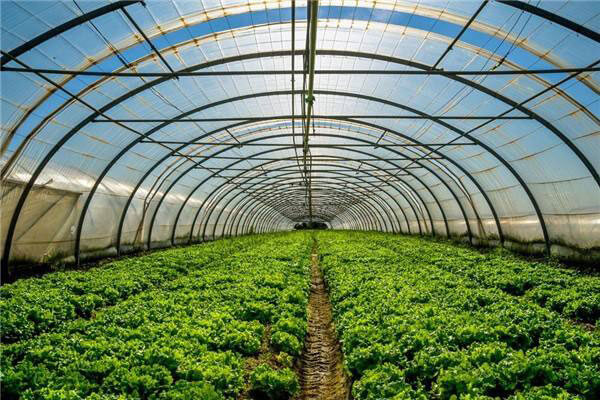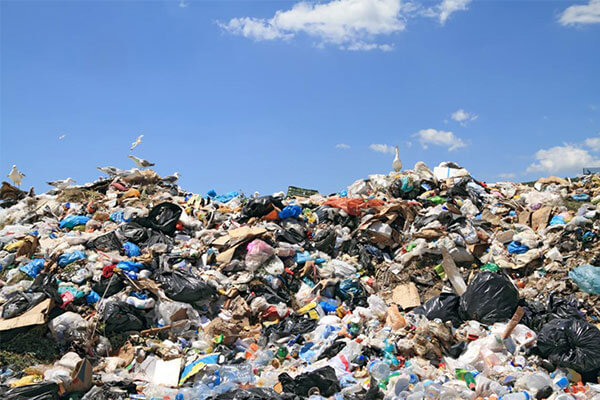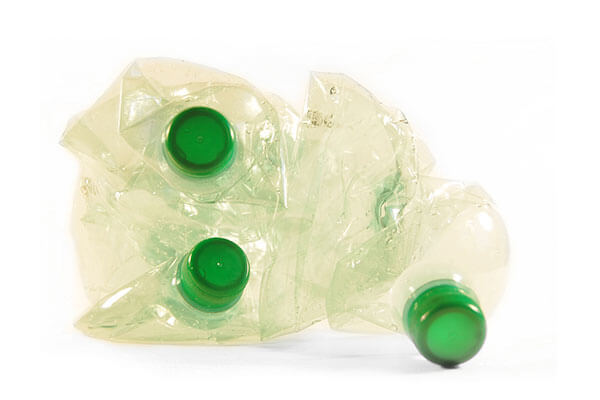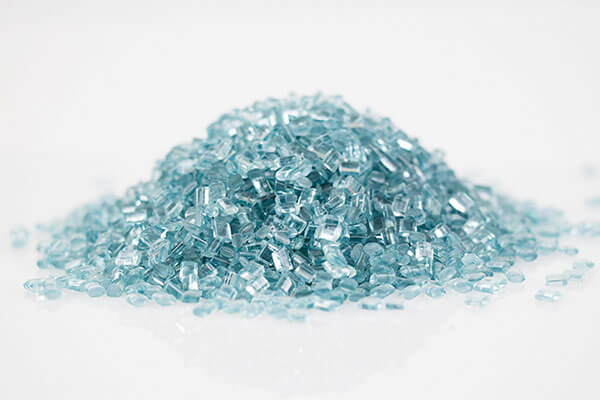
The increasing global emphasis on the recycling of plastic materials, coupled with the increasing demand for recycled thermoplastics in the agricultural sector, such as the application of thermoplastics in ground film, greenhouse cultivation, arch sheds, irrigation systems, etc. will greatly promote market growth.
Thermoplastics are used in a wide range of industries due to their excellent corrosion resistance, low density, high strength and flexibility, and are gradually replacing aluminum and other similar metals in a variety of applications.
Since most thermoplastics are not biodegradable, they do not rot, decompose, and are not affected by microbial degradation, making recycled thermoplastics an inevitable trend for sustainable development.

At the same time, most thermoplastics are also petroleum-based plastics. Therefore, the threat of resource consumption of petroleum products has also prompted the industry to focus on the development and increase of recycled thermoplastic materials. In addition, the demand for thermoplastic materials in various applications in the electrical and electronics, automotive and manufacturing industries is growing, and will also drive the development of the global recycled thermoplastics market.
PET: the most promising recycled thermoplastic
Recycled thermoplastics are classified as biodegradable and non-biodegradable . Biodegradable thermoplastics are expected to grow at a compound growth rate of up to 12.04% during the reporting period.
The high growth rate is mainly attributable to consumers' increased awareness of the environmental benefits of using biodegradable plastics and the implementation of strict regulations on the recycling of plastic materials.
Recycled thermoplastics are mainly divided into sheets, sheets and granules. In 2018, the plate accounted for 43.49% of the market revenue share, leading. The reason is that it is widely used in the plastics industry due to its versatility, embossing characteristics and various colors.

In the technical field, recycled thermoplastics are classified into extrusion, injection molding, blow molding, film molding, and the like. During the reporting period, the highest average compounding ratio of injection molding is expected to reach 12.10%. The high productivity, minimal waste loss, and repeatable high tolerance characteristics of injection molding technology are the main reasons for this.
In terms of plastic types, recycled thermoplastics include polyethylene (PE), polyethylene terephthalate (PET), polycarbonate (PC), polypropylene (PP), and polystyrene (PS). Polyvinyl chloride (PVC), etc.
Among them, the market income of polyethylene terephthalate (PET) products accounted for 29.42% of the total market revenue in 2018, which became the largest revenue segment.

PET is widely used in the production of bottles, cans and plates. As a result, the increasing recovery of PET bottles and other such materials has become a major driver of their long market share.
In the terminal industry applications, recycled thermoplastic products are divided into packaging, automotive and transportation, construction, electrical and electronics, agricultural and gardening, furniture and household items, and medical care.
Among them, the construction industry dominates the global regenerative thermoplastics market, with 2018 market revenue accounting for 27.86% of the total. The increasing use of building materials such as pipes, insulation materials, window frames, etc. made of recycled thermoplastic materials is the main driving force.
Asia Pacific 2018 market revenue accounted for 37.52% of the total
The market areas analyzed by the report include North America, Europe, South America, Asia Pacific, Middle East and Africa. The Asia Pacific recycling thermoplastics market is the largest market, with 2018 market revenue accounting for 37.52% of the total.
The growing demand for thermoplastics from the consumer goods, automotive and construction industries in the Asia Pacific region and the growing awareness of the strong market potential of the thermoplastics recycling and recycling industry have prompted the region to be a global leader in the demand for recycled thermoplastics.
Europe also has a large share of the global recycled thermoplastics market. The increased use of recycled thermoplastics in the automotive industry, coupled with the implementation of strict recycling regulations, is expected to drive growth in Europe during the forecast period.